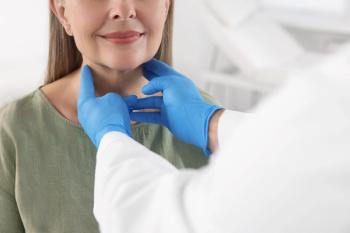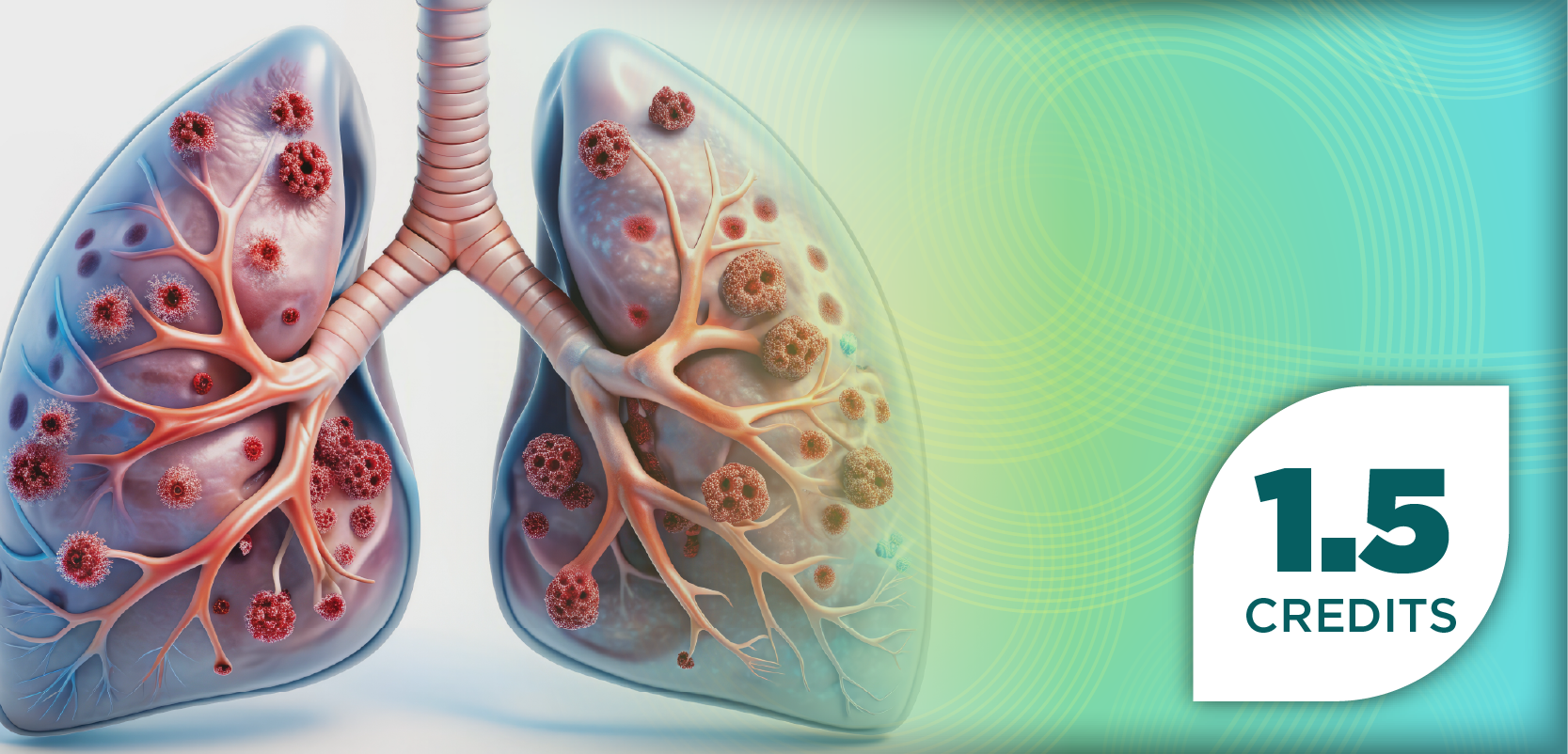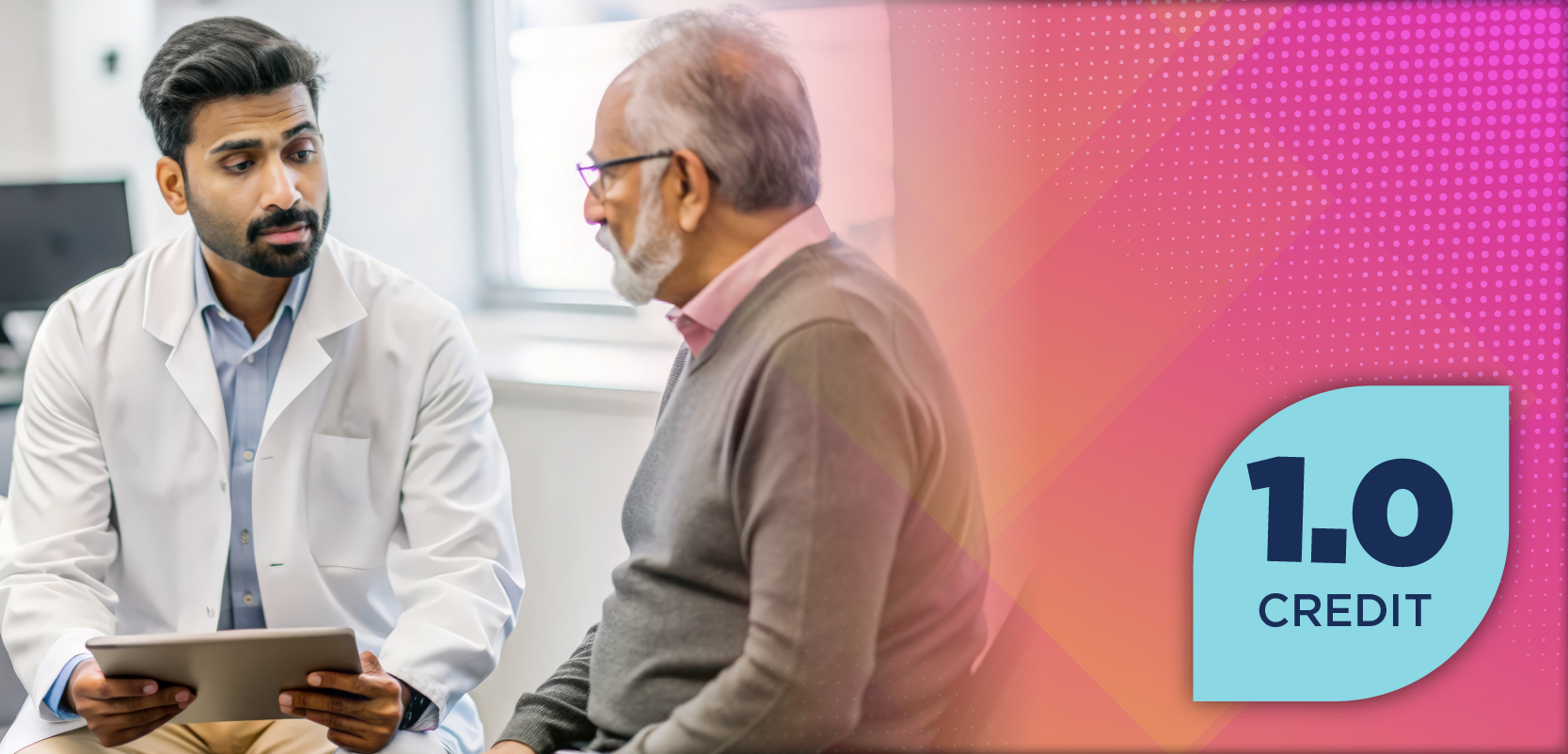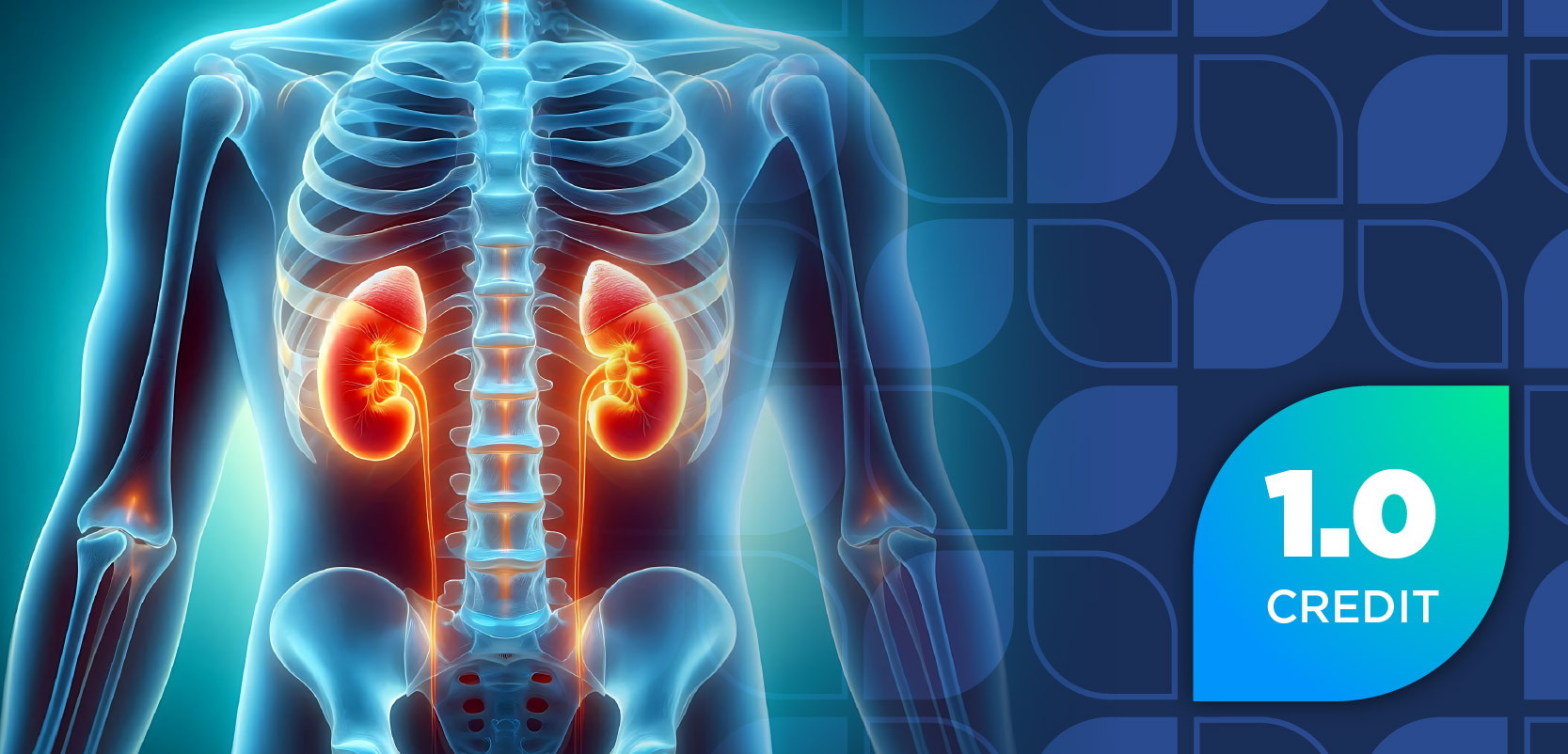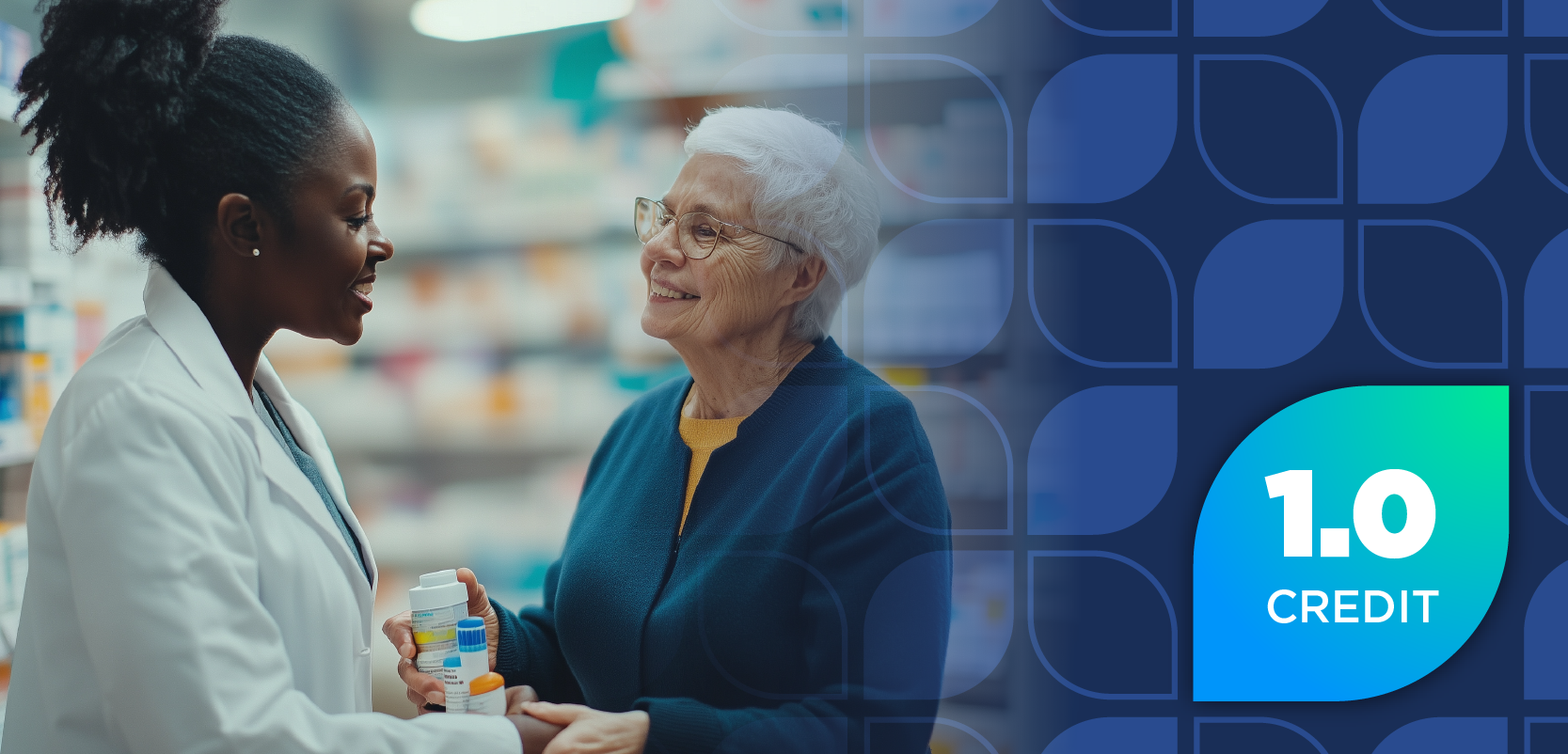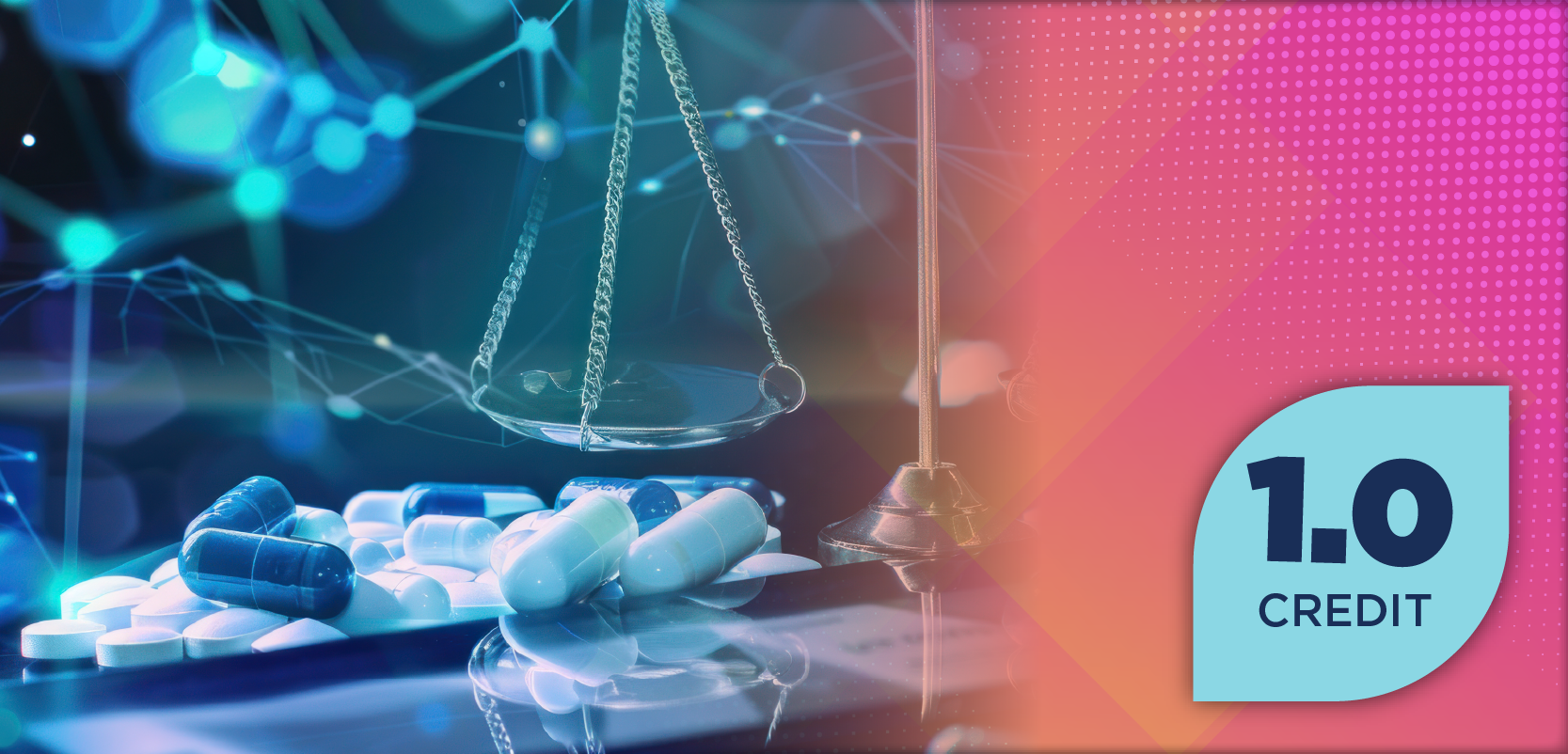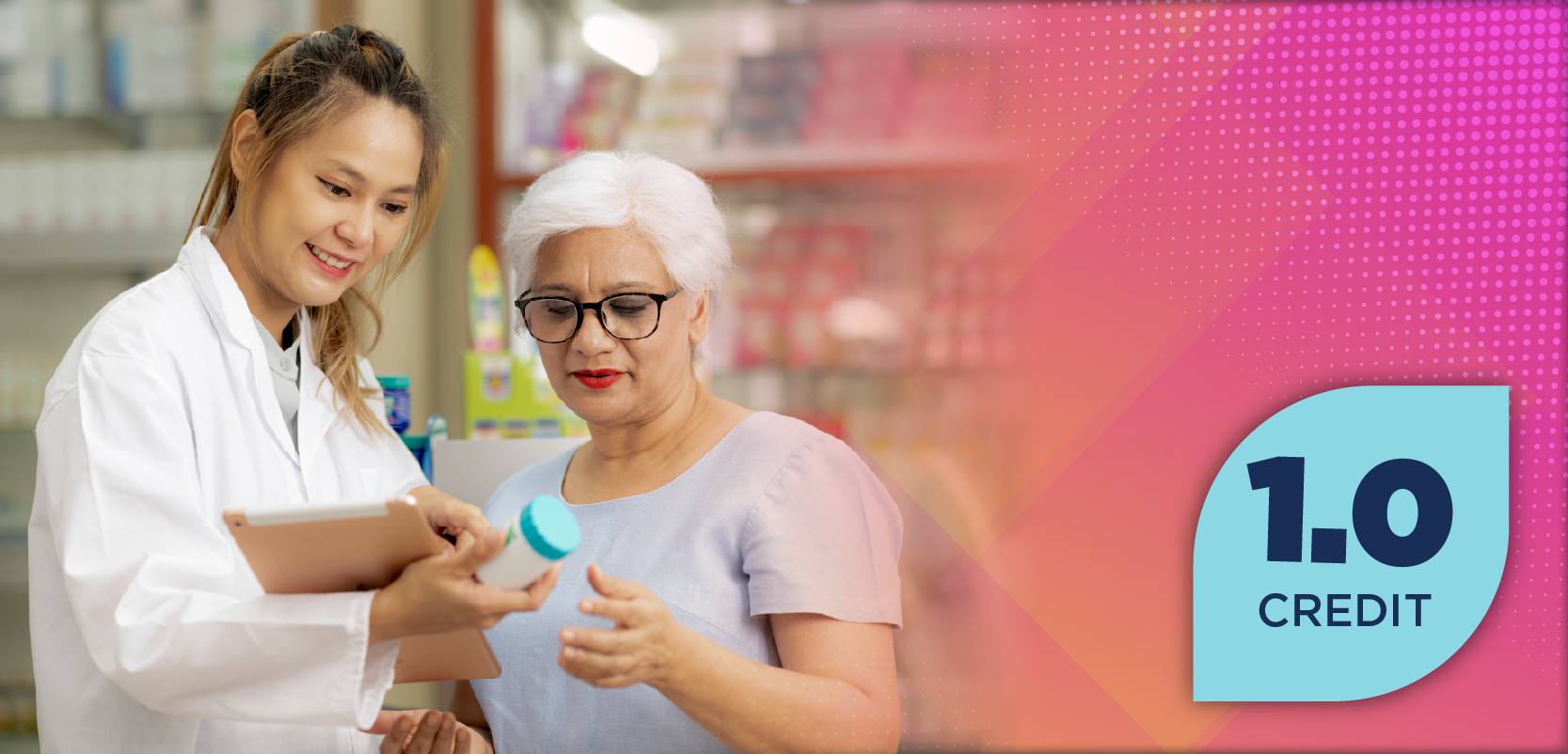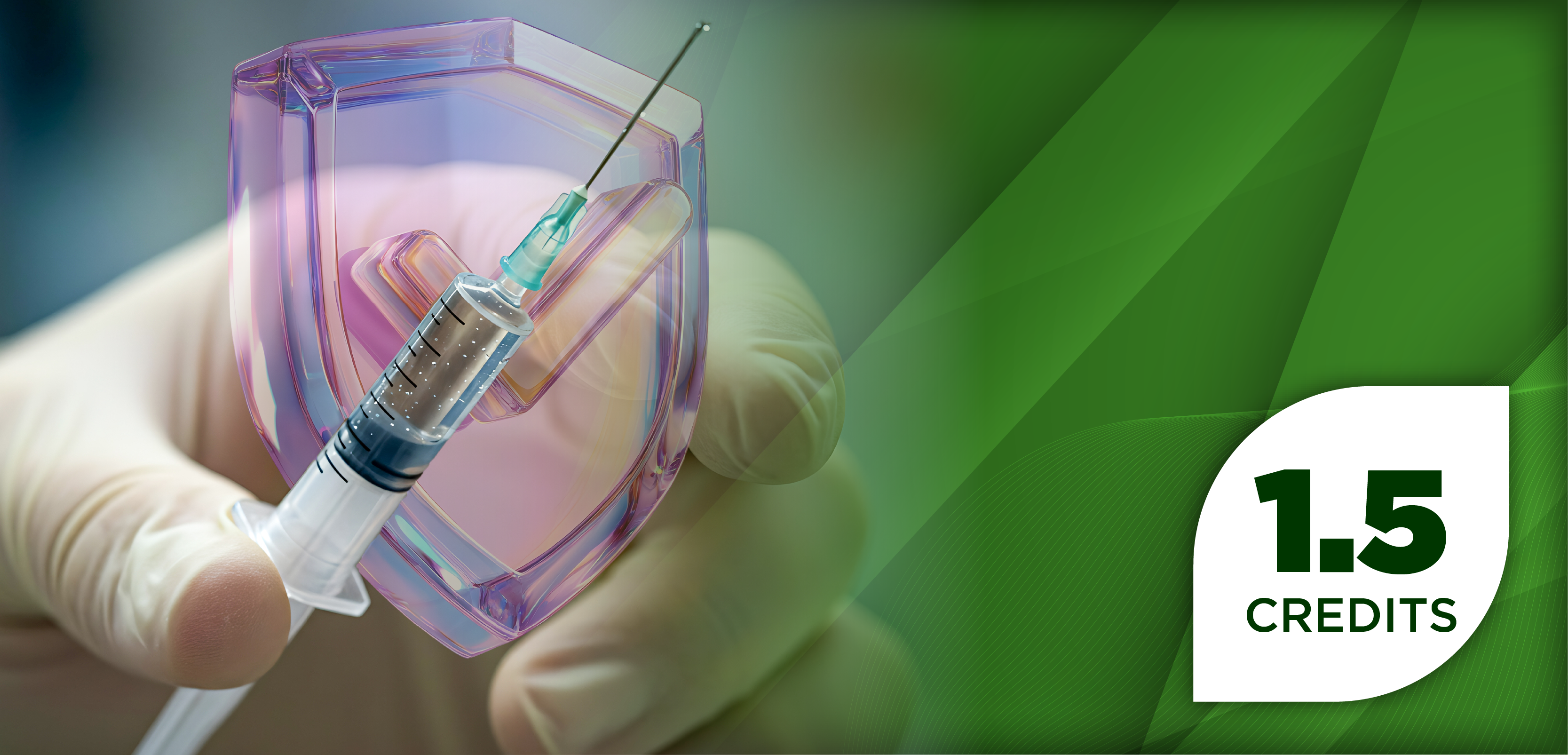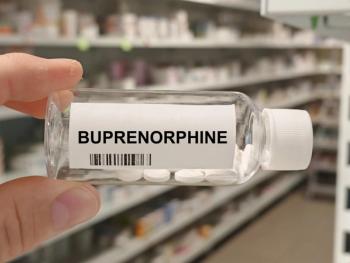
Fighting Financial Toxicity Through Oncology Drug Donation
George Wang discusses the widespread financial barriers patients with cancer face, the environmental and economic toll of oncology drug waste, and how pharmacist-supported medication donation programs can safely and legally redistribute surplus cancer treatments to patients in need.
In the face of mounting financial toxicity and widespread medication waste in oncology, pharmacy-led solutions are emerging to bridge the gap between patient need and pharmaceutical surplus. George Wang, cofounder of SIRUM, joins Pharmacy Times® to discuss the pressing challenges patients with cancer face when affording treatment, the environmental and financial toll of unused medications, and the promise of drug repository programs.
In this interview, Wang outlines how SIRUM’s national donation model is tackling these problems through legal, safe, and scalable medicine redistribution—empowering pharmacists and patients alike to participate in a system that reduces waste and improves access to care.
Pharmacy Times: How often do you encounter patients delaying or forgoing treatment due to financial barriers, and how does this impact their outcomes?
George Wang: It is incredibly common for patients to face financial barriers that prevent their access to care. According to the American Cancer Society, 61% of cancer patients and survivors find it difficult to afford their care. The incredibly high financial costs associated with cancer care lead directly to patients not getting the care they need to survive and be well. Financial hardship prevents many low-income patients from accessing the medications they need, so they may cut doses, delay medications, or skip prescriptions entirely. This can lead directly to worse outcomes, as financial concerns take precedence over medical needs.1
Additionally, cancer is a financially toxic disease, meaning that the high cost of treatment can spread to affect more than just the patient’s well-being. The stress associated with the financial burden of cancer care affects many parts of a patient’s life.
Pharmacy Times: Can you describe the scope of medication waste in oncology, and which factors contribute the most to this issue?
Wang: There is an estimated $2 billion to $3 billion worth of medication waste in oncology every year.2 Cancer patients regularly undergo prescription changes, adverse reactions, recovery, or other circumstances that lead to extra medication in their hands. Depending on the dosage form and packaging, this extra medicine is often unopened and perfectly usable—just not by the patient who has it.
Pharmacy Times: Are there specific classes of oncology medications that are particularly prone to waste, and why?
Wang: We find that medications with high discontinuation rates due to adverse effects are more prone to waste. From donations we have facilitated, we find that the classes of oncology medication that most frequently generate surplus via dose changes and prescription changes include CDK4/6 inhibitors (ie, abemaciclib [Verzenio; Eli Lilly and Company], palbociclib [Ibrance; Pfizer], ribociclib [Kisqali; Novartis Pharmaceuticals]) and tyrosine kinase inhibitors (ie, imatinib [Gleevec; Novartis Pharmaceuticals], dasatinib [Sprycel; Bristol Myers Squibb], nintedanib [Ofev; Boehringer Ingelheim]).
Pharmacy Times: How significant is the problem of oncology drugs being destroyed rather than repurposed or reused, and what are the environmental implications?
Wang: Every pound of active ingredient produced generates up to 30,000 pounds of waste.3 Compounds from oncology drugs are increasingly found in water sources, including drinking water. These compounds, particularly from oncology drugs, harm living organisms, and there is currently no sufficient method to remove the contamination, allowing uncontrolled spread.4 When oncology drugs get wasted, their environmental impacts are lasting and dangerous.
Pharmacy Times: What logistical or legal barriers prevent the redistribution of unused but viable cancer medications?
Wang: Medicine donation and redistribution [are] legal in almost every state, thanks to Good Samaritan laws that define and permit the donation of surplus medicine.
Yet a major barrier is awareness: Most people are just not aware of the fact that they can donate their oncology medications. Folks with surplus meds will ask their pharmacist or doctor, who will direct them to dispose of the medications most of the time. If these professionals knew about the option to donate instead, these usable medications could be redistributed instead.
Additionally, repository programs are typically run by nonprofit organizations or state government entities with limited resources or geographic operations. This can impact redistribution. SIRUM’s national program is able to connect and collaborate with local programs to expand the capabilities of donation programs across the country, making sure that all surplus medication finds a patient who needs them.
Legal limitations do determine the kinds of medications that can be donated and redistributed, as the restrictions often require the medication to be in tamper-evident packaging, be unexpired, and not subject to risk evaluation and mitigation strategy. Additionally, state-level medicine redistribution laws often include a host of requirements that make it difficult for institutions to participate, including storage and logging requirements. Temperature-sensitive drugs, for example, are more logistically challenging to redistribute
Though these legal limitations exist, there is still a significant number of meds that can be donated. These are not limited by these and rather limited by awareness—something that we can work to improve.
Pharmacy Times: How do drug expiration policies and storage requirements affect the amount of medication waste and disposal in oncology?
Wang: Much of the waste in oncology comes from meds dispensed to patients. Drug expiration policies and storage requirements do lead to some surplus at the organizational level, but we have found this to be limited.
Pharmacy Times: From a pharmacy perspective, what are the risks and benefits of implementing drug take-back or redistribution programs to minimize waste?
Wang: Drug redistribution programs are a win-win-win for everyone who participates. They directly benefit patients who need help financially. Additionally, empowering patients to donate their medicine can be particularly meaningful for those who wish to support others dealing with similar hardships. Operating a donation program is meaningful for pharmacy staff as well, who are able to provide solace and support for their patients going through financial hardship while navigating cancer care.
The main risks of implementing drug redistribution programs result from the complexities of navigating the requirements set in place by state-level donation laws. Many pharmacies simply don’t have the staffing, resources, and space to establish and operate a redistribution program in-house. Fortunately, solutions such as SIRUM exist that make it easy for pharmacies to help their patients donate their surplus without building out their own program.
Pharmacy Times: Can you explain how SIRUM’s surplus medicine donation model works, and how it benefits patients and the health care system?
Wang: We leverage technology to help collect unused medicine and redistribute it to patients in need. SIRUM is the nation’s largest redistributor of surplus medications, collecting unopened, unexpired drugs from donors like nursing homes and pharmacies and delivering them to patients in need through community partners. Enabled by Good Samaritan drug laws in over 40 states, the program works like recycling: SIRUM provides materials for donors to send medications, which are then checked and dispensed by nonprofit clinics and pharmacies.
For oncology medications, SIRUM works to help individuals donate their surplus medications. Many pharmacies and health systems work with us to educate their patients about medicine donation when they have surplus medicine. Through referrals from pharmacists, patients can go to our website (sirum.org/oncology), print a shipping label, and ship their meds.
Organizations can also donate the surplus that the clinic, pharmacy, or hospital system has in their possession. This may be surplus from their normal course of business. The surplus may also come from their own medicine donation program, where they collect surplus medicine from their patients, and then donate medicine they receive that they can’t use. Because SIRUM operates nationwide, we can make sure that surplus medicine finds a home, even beyond the repository program it started in. We provide boxes, shipping labels, and manage the logistics.
We then work with our network of community partners to find the best match for the donated surplus, benefiting patients in financial need while helping mitigate the cost to the health care system generated by patients not taking their medications.
Pharmacy Times: How does SIRUM navigate legal and safety concerns associated with redistributing surplus prescription drugs?
Wang: SIRUM has been working in surplus medicine redistribution for over 15 years, growing into the largest medicine redistribution program in the nation. We have redistributed over $300 million worth of medication through over 44,000 donations, helping to deliver over 2 million prescriptions.
As a result, we have become experts in the legal landscape of medicine donation, both in terms of compliance and consultation on existing and new medicine donation laws. Our charitable partners inspect and follow all rules and regulations to ensure the safety of donated stock. Good Samaritan liability protection is included as part of drug donation programs.
Pharmacy Times: How do repository programs ensure the safety and integrity of donated medications before they reach patients?
Wang: The medications must come in unopened packaging with tamper-evident seals, ensuring that the original medication has not been tampered with. A majority of donated medicine comes in the form of blister cards, meaning each pill is individually sealed. All donated medications must be unadulterated, unexpired, and include proper labeling. No controlled substances are included. Additionally, it is standard for repository programs and their licensed pharmacists to inspect every medication that gets donated before dispensing to any patient.
REFERENCES
Survivor Views: Affordability, Prescription Drugs, & Pain. American Cancer Society. December 15, 2021. Accessed July 22, 2025.
https://www.fightcancer.org/policy-resources/survivor-views-affordability-prescription-drugs-pain Waste in Cancer Drugs Costs 3 Billion a Year, A Study Says. The New York Times. March 1, 2016. Accessed July 22, 2025.
https://www.nytimes.com/2016/03/01/health/waste-in-cancer-drugs-costs-3-billion-a-year-a-study-says.html Dosed without prescription: Preventing pharmaceutical contamination of our nation’s drinking water. NRDC. December 2009. Accessed July 22, 2025.
https://cdn.technologynetworks.com/TN/Resources/PDF/eawhitepaper.pdf Jureczko M, Kalka J.Cytostatic pharmaceuticals as water contaminants. European Journal of Pharmacology. 2020;866:172816. doi:10.1016/j.ejphar.2019.172816
Newsletter
Stay informed on drug updates, treatment guidelines, and pharmacy practice trends—subscribe to Pharmacy Times for weekly clinical insights.


